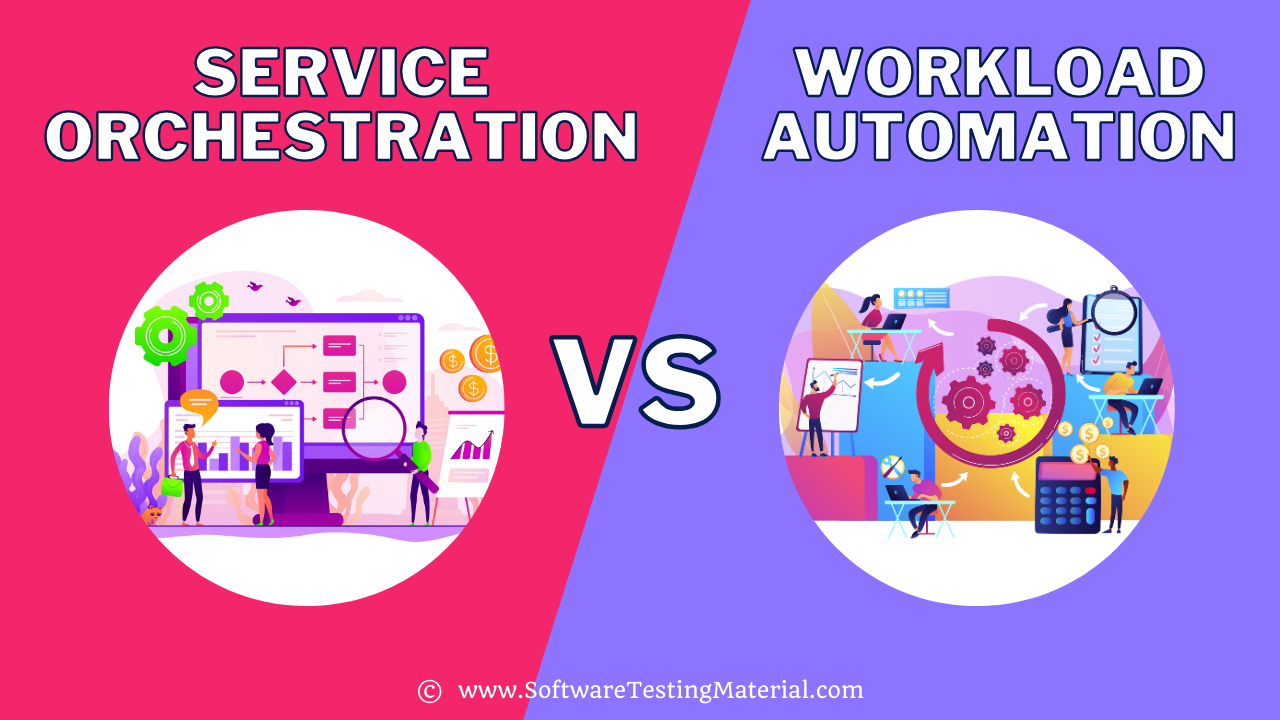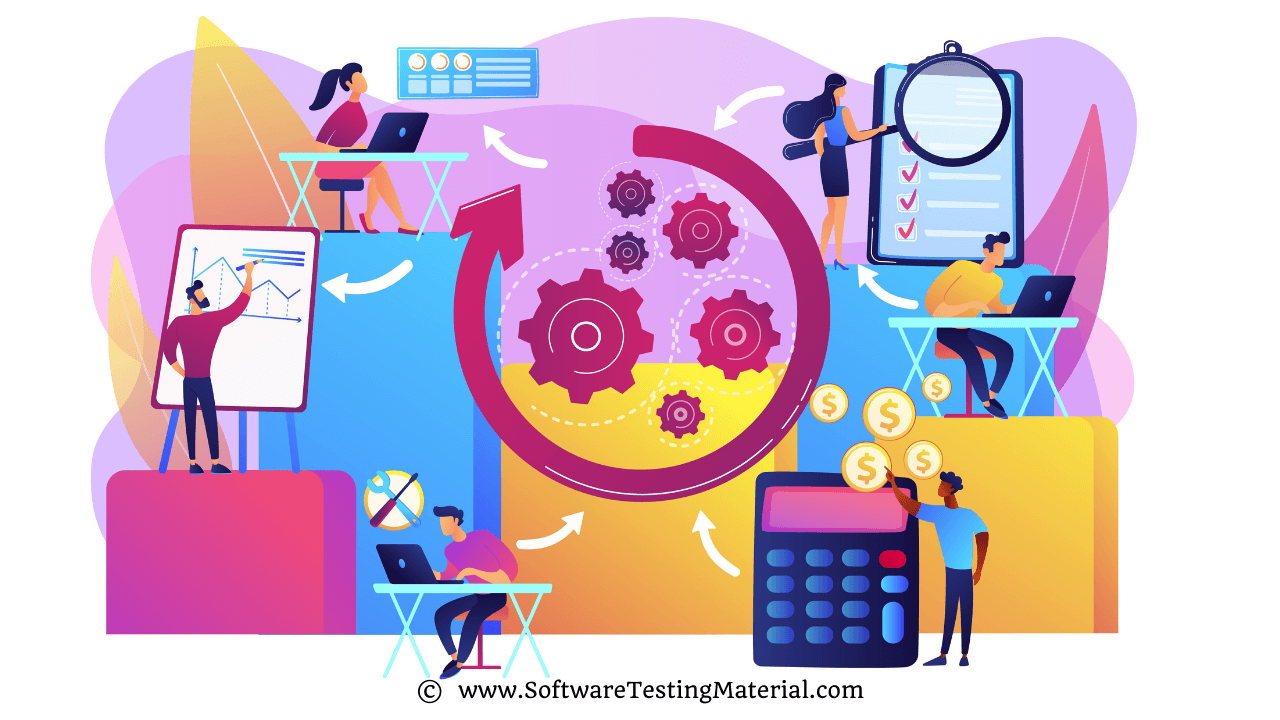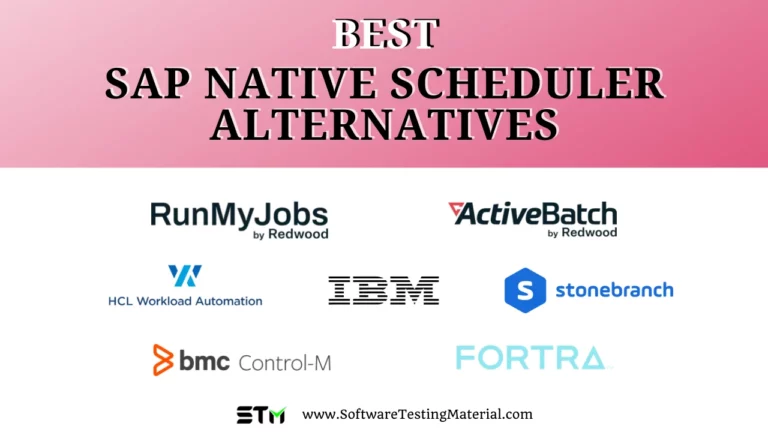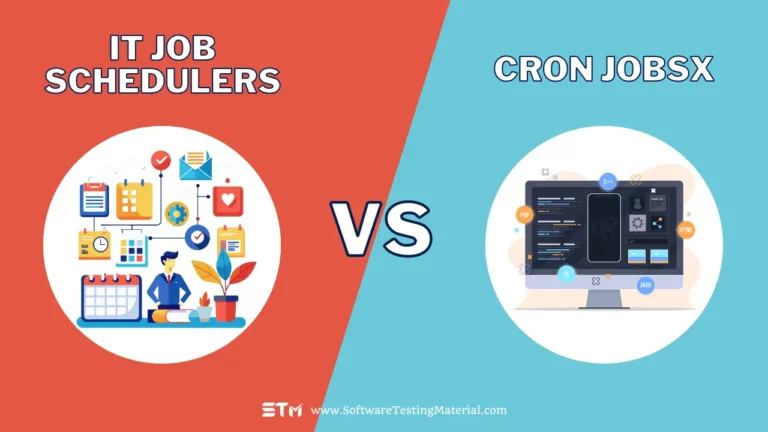Workload Automation vs Service Orchestration: What’s the Difference?
In the ever-evolving world of IT operations, understanding the difference between Workload Automation vs Service Orchestration is essential for optimizing your infrastructure.
Workload automation focuses on automating repetitive tasks and processes to improve efficiency and reduce manual effort. On the other hand, service orchestration involves coordinating and managing a series of automated tasks to ensure they work together smoothly.
By grasping these concepts, organizations can enhance their workflows, streamline operations, and achieve better integration across their systems.

What is Workload Automation?

Workload Automation (WLA) streamlines and automates complex business workflows, such as data processing, report generation, and system backups. By coordinating task execution across diverse systems and applications, WLA ensures tasks are completed timely and accurately. This automation is invaluable for large organizations with interconnected systems, as it enhances operational efficiency and minimizes errors.
Don’t miss: Workload Automation Trends
What are the benefits of Workload Automation?
Workload Automation (WLA) offers several key benefits that can greatly improve the efficiency and productivity of a business. Here are some of the main benefits explained in detail:
- Increased Efficiency: By automating repetitive and time-consuming tasks, WLA allows employees to focus on more strategic, high-value work. This leads to better use of resources and faster completion of tasks.
- Error Reduction: Manual processes are prone to human error, which can lead to costly mistakes. WLA minimizes these errors by ensuring that tasks are carried out accurately and consistently.
- Improved Reliability: Automated workflows are more reliable because they are executed based on predefined rules and schedules. This ensures that critical tasks are completed on time, every time, without the need for manual intervention.
- Cost Savings: Automation reduces the need for extensive manual labor, which can result in significant cost savings. Businesses can reallocate resources to more important areas, leading to better overall financial performance.
- Better Compliance: Many industries have strict compliance requirements. WLA helps businesses adhere to these requirements by providing detailed logs and reports of all automated tasks, making it easier to track and verify compliance.
- Enhanced Scalability: As businesses grow, so do their workload demands. WLA provides the flexibility to scale operations easily by handling increased workloads without requiring additional manual effort.
- Faster Problem Resolution: Automated systems can quickly identify and address issues as they arise. This rapid problem resolution minimizes downtime and ensures that business operations continue smoothly.
By leveraging the benefits of Workload Automation, businesses can streamline their operations, reduce costs, and enhance overall productivity and reliability.
Must read: Workflow Automation vs Workload Automation & RPA vs Workload Automation
What is Orchestration?
Orchestration is the process of coordinating and managing complex tasks and workflows in an organized and efficient manner. Imagine an orchestra, where different musical instruments play together to create a harmonious symphony under the guidance of a conductor. Similarly, in the context of business processes or IT systems, orchestration involves managing multiple interconnected tasks and ensuring they work together seamlessly.
In simple terms, orchestration helps in organizing various automated tasks and processes, making sure they happen in the right order at the right time. This is especially important when different tasks are dependent on each other. For example, in a business setting, customer orders might need to pass through various stages such as inventory check, payment processing, and shipping. Orchestration ensures each of these stages occurs in the correct sequence without any delays or errors.
What is Service Orchestration?
Service Orchestration is a specific type of orchestration that focuses on coordinating and managing services within an IT environment. In the digital world, many businesses rely on multiple services to deliver their products or manage internal operations. These services can include cloud-based applications, databases, network components, and more. Service Orchestration ensures that all these services work together efficiently and effectively.
Imagine you are using a food delivery app. To successfully place an order, multiple services need to work together seamlessly—such as locating the restaurant, processing payment, tracking the delivery, and providing real-time updates. Service Orchestration ensures that each service communicates properly with the others and that the overall process happens smoothly.
Similarly, in a business context, Service Orchestration manages various IT services to achieve a unified workflow. This might involve tasks such as activating user accounts, managing data flow between applications, and ensuring security protocols are followed. By using Service Orchestration tools, businesses can automate these service interactions, reducing the need for manual intervention and minimizing the risk of errors.
Service Orchestration also allows businesses to easily scale their operations. For example, if a company needs to handle more customer orders during a peak season, Service Orchestration can automatically adjust resources and manage the increased workload without requiring extensive manual effort.
In summary, Service Orchestration is about making sure different IT services are coordinated in a way that helps businesses operate smoothly, efficiently, and reliably, ultimately leading to better outcomes for both the business and its customers.
What are Service Orchestration and Automation Platforms (SOAPs)?
Service Orchestration and Automation Platforms (SOAPs) are tools designed to help businesses manage and automate their various IT services. Imagine you have lots of different tasks that need to be done, like sending out emails, processing payments, and updating databases. SOAPs make sure all these tasks are done in the correct order, without the need for someone to manage them manually.
These platforms can connect different software applications and make them work together seamlessly. For example, when a customer makes an online purchase, a SOAP can ensure that the payment is processed, the inventory is updated, and the shipping details are sent to the warehouse—all without any human intervention. This not only speeds up the process but also reduces the likelihood of errors.
In essence, SOAPs simplify complex workflows by automating repetitive tasks and ensuring that everything runs smoothly. This helps businesses save time and money while improving efficiency and reliability.
What are the benefits of Service Orchestration?
Service Orchestration offers several key benefits that can significantly improve business operations:
- Efficiency: By automating repetitive tasks, Service Orchestration frees up human resources to focus on more complex and strategic activities. This leads to faster task completion and reduced operational delays.
- Cost Savings: Automating processes can save money by reducing the need for manual labor and minimizing errors that can lead to costly mistakes. Overall, it helps in optimizing resource usage and lowering operational expenses.
- Consistency: Automated processes ensure that tasks are completed the same way every time, reducing the chances of errors and improving the quality of service. This consistency is crucial for maintaining reliability and meeting service level agreements (SLAs).
- Scalability: As a business grows, the volume of tasks and services will increase. Service Orchestration can easily scale to handle more work without requiring a proportional increase in human resources.
- Improved Customer Experience: Faster and more reliable service delivery enhances customer satisfaction. Automated workflows mean customers receive quicker responses and resolution to their requests.
- Better Resource Management: Service Orchestration helps in optimal resource allocation by ensuring that the right resources are used at the right time. This helps in avoiding resource bottlenecks and over-utilization of certain assets.
- Compliance and Reporting: Automated systems can easily track and log all actions taken during a process, making it easier to comply with regulatory requirements and generate reports for audits.
By leveraging these benefits, businesses can operate more smoothly, efficiently, and effectively, ultimately leading to better outcomes and enhanced competitiveness in the market.
Workload Automation vs Service Orchestration
Let’s see the difference between workload automation and service orchestration in detail can help you understand how each can benefit your business operations.
| Feature | Workload Automation | Service Orchestration |
|---|---|---|
| Scope | Primarily focuses on automating specific tasks or jobs | Manages and automates end-to-end service delivery processes |
| Focus | IT Ops, often at the expense of DevOps integration. | Bridges the gap between IT Ops and developers, facilitating automation that supports a DevOps methodology. |
| Flexibility | Limited to predefined workflows | Highly adaptable to complex and dynamic environments |
| Integration | Often integrates within a single system | Integrates multiple systems and applications seamlessly |
| User Interaction | Requires manual intervention for initiating tasks | Minimizes manual intervention by automating entire workflows |
| Complexity | Simpler and task-based automation | More sophisticated and comprehensive process automation |
| Resource Management | Basic resource allocation and scheduling | Advanced resource management with optimization |
| Scalability | May need adjustments for scaling | Easily scalable without extensive manual adjustments |
| Reporting and Analytics | Basic reporting features | Detailed analytics and reporting capabilities |
Conclusion: Service Orchestration Vs Workload Automation
In conclusion, while both workload automation and service orchestration aim to enhance operational efficiency, they address different needs within an organisation. Workload automation primarily focuses on automating specific tasks or jobs, making it ideal for predefined workflows and simpler environments. It often requires manual intervention to initiate tasks and provides basic resource management and reporting features. On the other hand, service orchestration manages and automates end-to-end service delivery processes, making it highly adaptable to complex and dynamic environments. It seamlessly integrates multiple systems and applications, minimising the need for manual intervention by automating entire workflows. Additionally, it offers advanced resource management, is easily scalable, and provides detailed analytics and reporting capabilities.
Related posts:
- Workload Automation vs RPA
- Workload Automation vs Workflow Automation
- Job Scheduling vs Workload Automation
- 10 Best Workload Automation Tools
- 10 Best Enterprise Job Scheduler Software
- 10 Best IT Process Automation Software
- 10 Best Windows Job Scheduling Software






